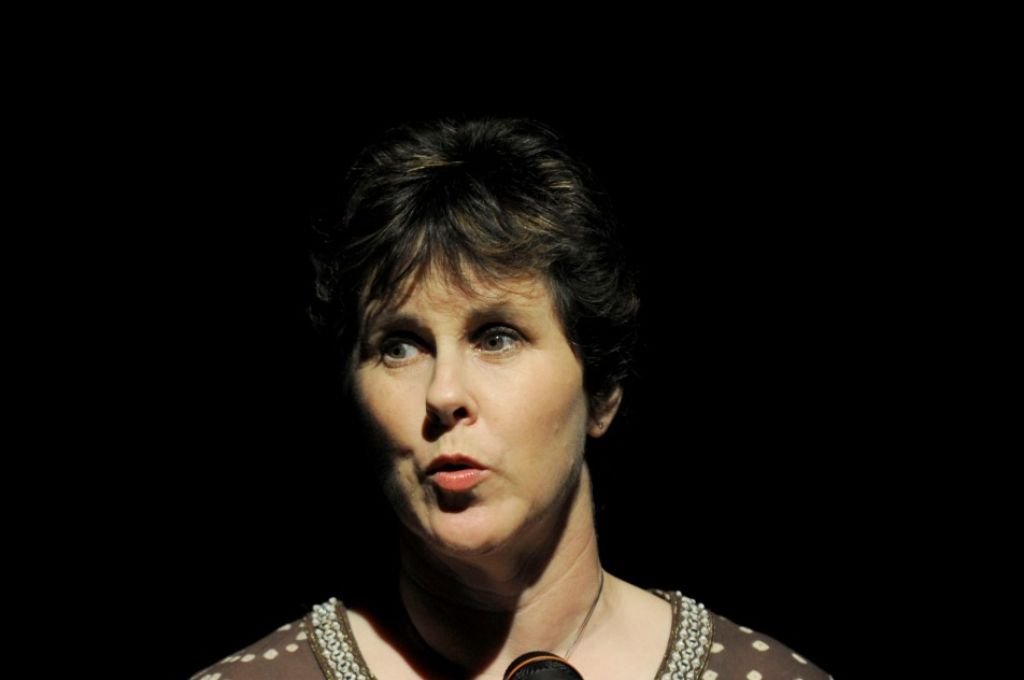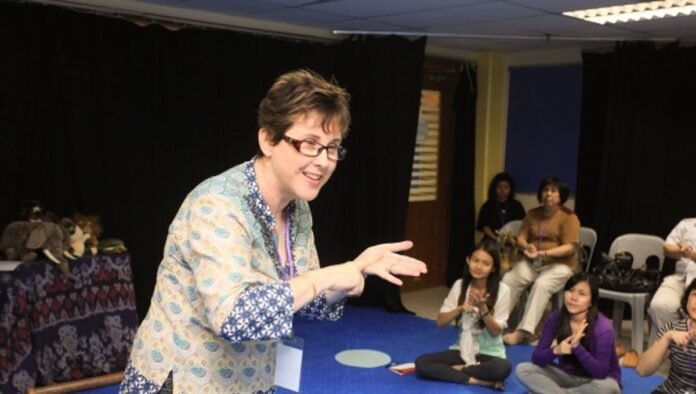Once upon a time, storytelling was associated with grandparents regaling their grandchildren with tales from the past. Now, it is taught as a management tool in organizations, a method to engage children in school, and it is even used to challenge audiences’ perceptions of certain traditions.
There is an entire spectrum of storytelling, ranging from casual stories that are shared with family and friends to highly choreographed performance pieces. Performance pieces usually include myths, legends and folktales that storytellers collect from all around the world.
Ms Mara Menzies, 35, is the founder of Toto Tales, a theatrical storytelling company based in Scotland that is passionate about bringing African stories to life. To her, storytelling is simply a direct communication between the storyteller and the listener.
“In Scotland, we have a saying that it’s done eye to eye, heart to heart, and mind to mind. [Storytelling is] the ability to engage with somebody else to communicate and share your story,” she explains.
Businesses are eager to tap into the potential of storytelling, and have begun turning to professional storytellers to improve communication and instill confidence in their employees.
Mrs Sheila Wee, 56, is hailed as one of the pioneers of storytelling in Singapore, and has taught or nurtured almost all the professional storytellers now active in Singapore. She has noticed an increasing demand from the corporate and government sector for customized workshops and encourages this progression as it helps to “humanize the workplace.” Teachers from mainstream educational institutes and special needs schools are amongst her clientele as well.
“There is a realisation that for branding and leadership, you need to be able to tell a good story. It’s all the soft skills that people are paying attention to. [The workplace used to be] very task-oriented, and people are now noticing that it is not the best way to get results,” she elaborates. “For schools, teachers are recognizing that it brings joy to the children, which helps them in their learning.”
Besides helping businesses grow, stories can also be used to empower women and challenge traditions. Storytellers can introduce stories where women are depicted to have more powerful characters, for audiences who are accustomed to hearing stories that portray women in weaker roles.
“This empowers women to feel stronger, braver and more intelligent. Stories are valuable in terms of making people change their behavior and their mindset,” Ms Menzies says.
There are droves of articles and videos on the internet that teach aspiring storytellers various techniques to telling a good tale. However, the good news is that there is no fixed formula to do so. Based on Mrs Wee’s 15 years of experience in the industry, she suggests imagining the story repeatedly until it becomes almost like a memory.
 “Visualise it, sense it, smell it, and taste it, if necessary,” she chuckles. ”When [the story] is internalized, then you can tell it in the moment, and it will come alive.”
“Visualise it, sense it, smell it, and taste it, if necessary,” she chuckles. ”When [the story] is internalized, then you can tell it in the moment, and it will come alive.”
For Ms Menzies, she advises budding storytellers to cultivate a sense of empathy. To her, this requires being able to gauge the type of people in the audience you are performing to. “You need to be able to read your audience well. You never know which stories you are going to tell until you see the audience, because the story you prepared might not be suitable for them,” she shares.
Effective storytelling is a craft that requires time to hone and perfect. Gone are the days when the art form is seen as child’s play. It has now evolved to something much more serious. If you wish to explore the magical realm of storytelling, there’s no better way to start than uttering these words, for you’ll never know where it might take you: “Once upon a time…”

